A designer is a person who creates the link between the consumer and the product: it is his job to translate the language of art into the language of commerce
Some of the age and disability defying design need not be made to look so. That exactly is the idea behind what is known as ‘Universal Design’. Essentially, this entails extremely ergonomic products – easy to hold, easy to interact with and very human. As life expectancy is going up and modern healthcare technology is aiding it, the number of older people living independently is growing faster than ever.
Some of the European countries and Japan are already geared up to serve their ageing population because of the emerging demographic there. Dr. Oliver Herwig, one of the leading proponents of universal design says, ‘ tomorrow’s consumers with a say – mainly older and more experienced people – are demanding simplicity and elegance; un-complicated things which feel right in one’s hand. Those who want to survive in the future will have to offer more than just pretty features and compact multi-functional devices’.
The story of New York based kitchenware and office supplies manufacturer OXO is extremely interesting. Sam Farber, an entrepreneur in the houseware industry came out of retirement when he noticed his wife having difficulty in the kitchen due to her arthritis. He saw an opportunity to create more comfortable cooking tools that would benefit all users. Sam collaborated with the well known design consultancy Smart Design and created a line of kitchen products that were a hit amongst people across age groups and cultures.
Today, OXO is recognized globally as an example of how a well-executed universal design philosophy not only creates products that are beneficial to end users but is a sensible business model.
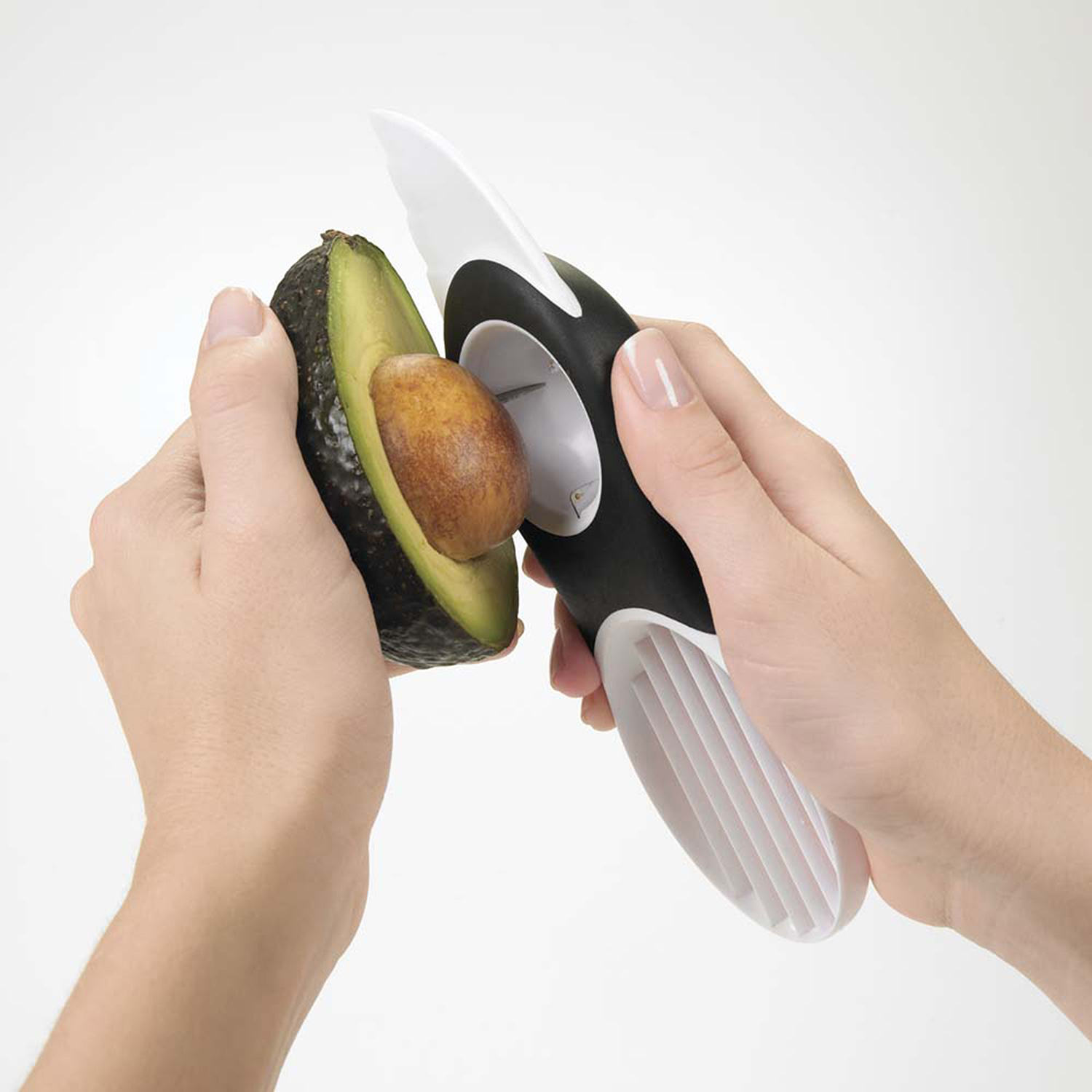
Products just form one aspect of the philosophy of universal design, the built environment offers an enormous opportunity for designers to intervene and make it accessible to everyone. The origins of universal design go back to the period after World War II when war veterans needed to lead normal lives. This rehabilitation movement resulted in ‘barrier-free’ university campuses.
Much later, in the early 1970s Ronald L. Mace, the American architect coined the term ‘Universal Design’. In 1987 he had said, ‘we are about twenty years away from where we will not have to talk about this as something special. It takes a long time to change attitudes and practice’.
Some of the mainstream consumer product manufacturers like Panasonic have been able to demonstrate excellent universal design ideas that have resulted in commercially successful products. Manufacturers need to concentrate on design that is good for everyone irrespective of physical disability, age, gender or ethnicity.
The legendary Deter Rams says, ‘human needs are far more diverse than some designers wish to see – or perhaps are capable of seeing’. Designers have a mandate to convince their clients to take a long-term view and assist in making technology useful and comprehensible to all.
-
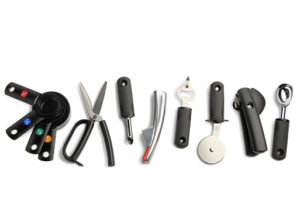
The OXO Good Grips concept in action on various products of daily use.
-
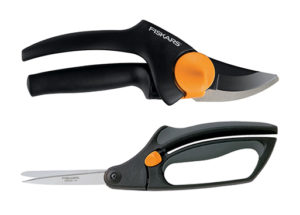
The Fiskars garden shears. Fiskars has been one of the earliest adopters of ‘Design for All’ philosophy and has been extremely successful in the global market.
-

The OXO Good Grips 3-in-1 Avocado peeler.
-
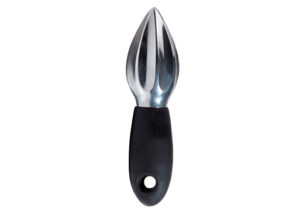
The OXO Good Grips lemon reamer.
-

Panasonic’s cordless steam iron has a two-way soleplate that irons in forward and reverse movement. The centrally balanced design reduces burden on the arms and shoulders.
-
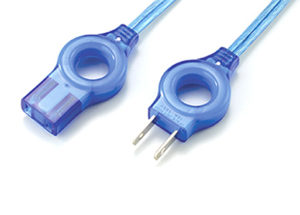
Age old electric plug. Manabu Nishikawa’s award winning design of the age old electric plug. Japan’s ageing population has made them a leading proponent of universal design.
-
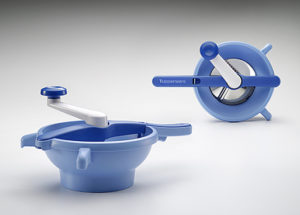
Tupperware’s Time Savers Food Mill. The simplicity and robustness of this product along with its adaptability to sit on various casserole sizes has made it a case study in universal design.
-

Panasonic’s tilted drum washing machine and dryer. Panasonic has made Universal Design a central theme in their consumer products.
